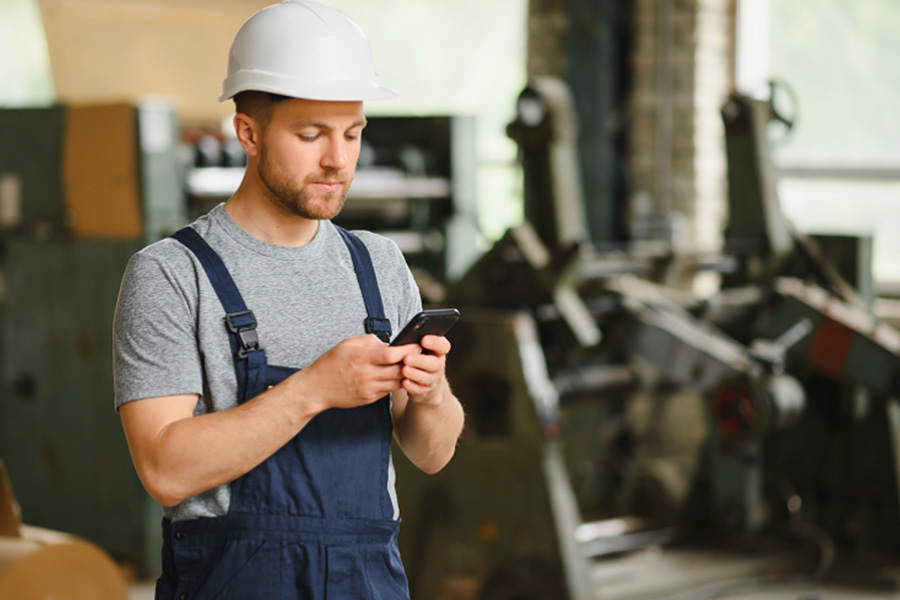Certain industries require communication devices that can operate safely in potentially explosive environments. This is where the Zone 1 phone comes in. Designed for areas where hazardous gases or vapours may be present, these devices help workers communicate effectively without compromising safety. Whether in oil refineries, chemical plants, or offshore platforms, Zone phones are essential tools that combine durability, safety, and functionality in one compact design.
What Is A Zone 1 Phone?
A Zone 1 phone is a communication device engineered for use in environments where explosive atmospheres are likely to occur during normal operations. These areas are classified as Zone 1 under international safety standards, which means they have a moderate risk of explosions due to flammable substances. Unlike regular smartphones, Zone 1 phones are built with components that prevent sparks or heat that could ignite hazardous materials.
The robust design of these phones includes reinforced casings, specialised batteries, and sealed ports that maintain safety even in harsh environments. Their internal systems are carefully designed to comply with ATEX and IECEx standards, which certify that the device meets stringent explosion-proof requirements. This makes them an indispensable tool in industries where safety and communication cannot be compromised.
Key Features That Make Zone Phones Explosion-Proof
One of the most important aspects of Zone phones is their intrinsically safe design. This means they are built to operate without producing enough electrical energy or heat to cause ignition in flammable atmospheres. These devices often have specialised enclosures that can contain and prevent any sparks or electrical faults from escaping into the surrounding environment.
Aside from safety, Zone 1 phones also offer functionality comparable to standard smartphones. Many come equipped with features such as touchscreen displays, 4G connectivity, GPS tracking, and long battery life, ensuring that workers can stay connected even in remote locations. The combination of safety and functionality helps maintain smooth communication between teams, especially during critical operations.
Where Zone 1 Phones Are Commonly Used
Industries with hazardous environments depend heavily on Zone phones for operational efficiency. Common settings include oil and gas facilities, petrochemical plants, offshore drilling platforms, chemical manufacturing sites, and mining operations. These workplaces often have strict safety protocols, and Zone 1 phones fit seamlessly into their communication systems.
In these industries, reliable communication can make a significant difference in preventing accidents and ensuring quick response times during emergencies. With features such as push-to-talk, noise-cancelling microphones, and rugged construction, these phones provide dependable performance even under extreme conditions. Their resilience to dust, moisture, and temperature fluctuations also enhances their suitability for such demanding workplaces.
The Benefits of Using Zone 1 Phones
The primary benefit of using a Zone 1 phone is enhanced safety. By eliminating potential ignition sources, these devices allow workers to focus on their tasks without the added risk of sparking an explosion. This makes them a vital component of any organisation’s safety strategy in hazardous areas.
Moreover, the durability and reliability of Zone phones reduce the risk of device failure in critical situations. Their long battery life and rugged design mean they can handle extended shifts and challenging environments. This ensures uninterrupted communication, which is crucial for maintaining productivity and responding quickly to incidents.
Choosing the Right Zone 1 Phone for Your Industry
When selecting a Zone 1 phone, companies should consider both safety certifications and functionality. It is essential to choose a model that complies with ATEX and IECEx standards to ensure it meets legal and safety requirements. Additionally, the device should have features that align with operational needs, such as connectivity options, battery performance, and ease of use in protective gear.
Some industries also benefit from devices that integrate with existing communication infrastructure or mobile workforce systems. Brands like HAEXC offer Zone 1 phones specifically designed to meet industrial demands, combining safety features with modern communication technology. Investing in the right device not only improves safety but also enhances operational efficiency.
Conclusion
A Zone 1 phone is a critical safety tool for industries that operate in hazardous environments. By combining explosion-proof engineering with advanced functionality, Zone phones help companies maintain safe, reliable, and effective communication in challenging conditions. Choosing the right device can make a significant impact on both worker safety and overall operational performance.
Ensure your team stays safe and connected in hazardous environments. Contact HAEXC to explore reliable Zone 1 phones today.

